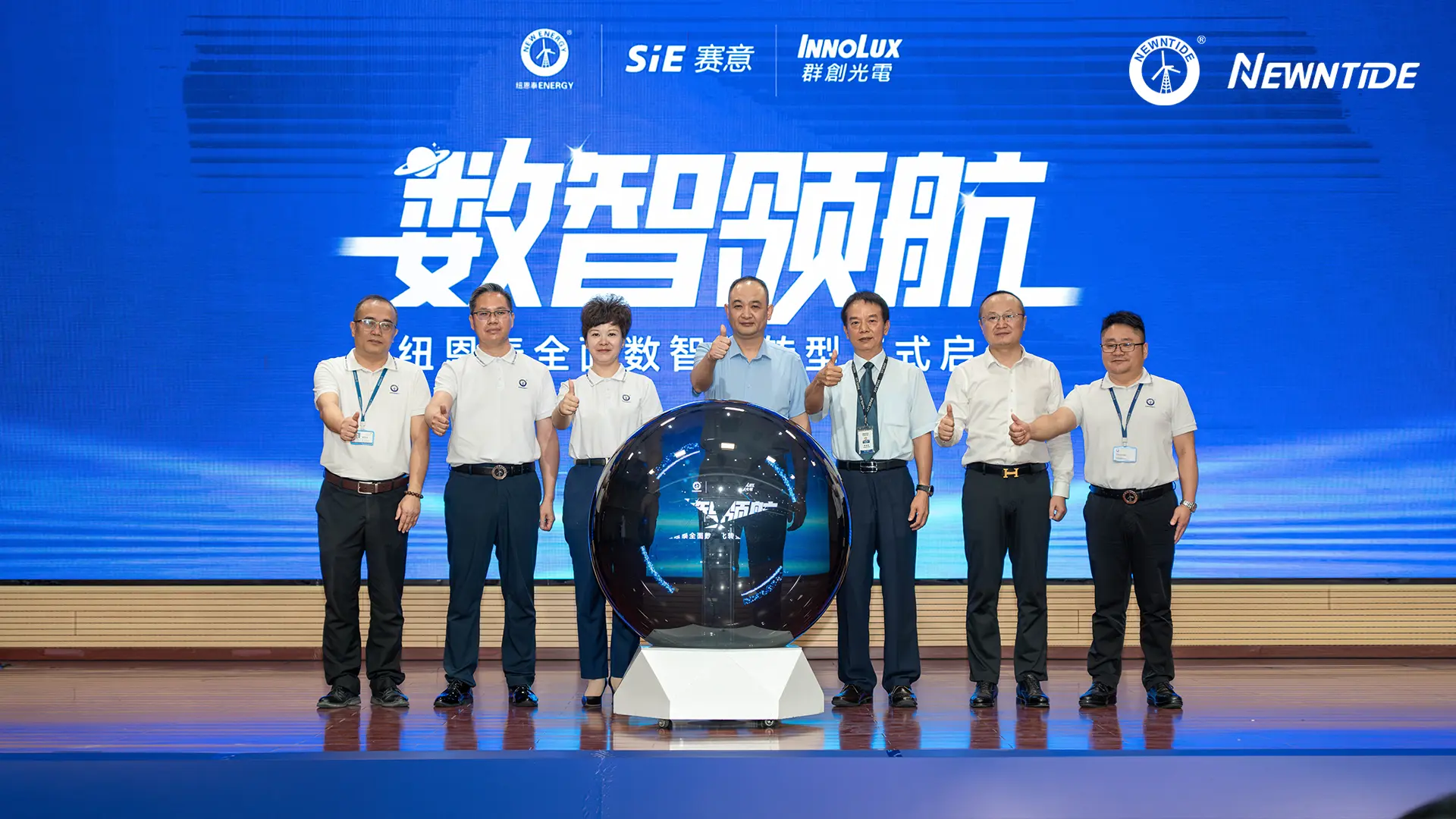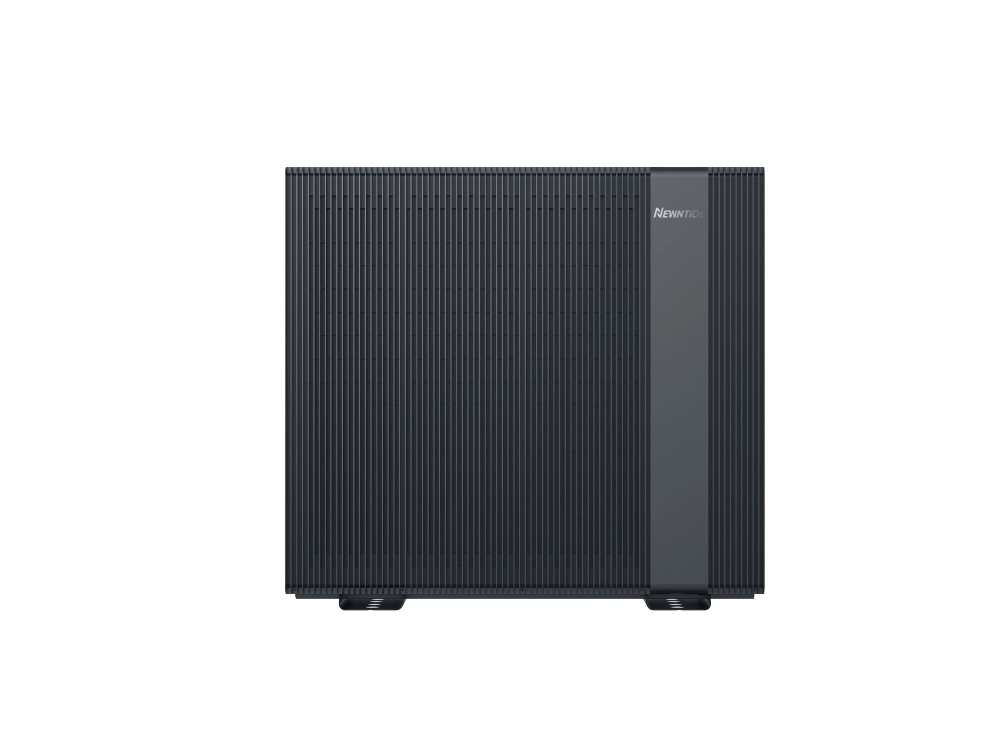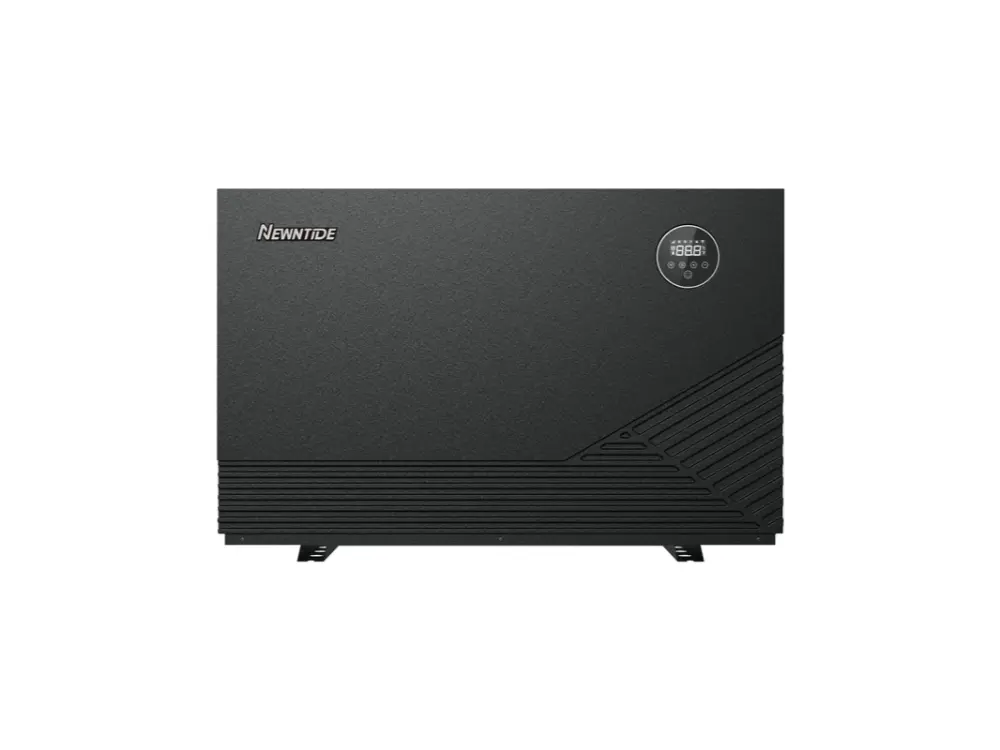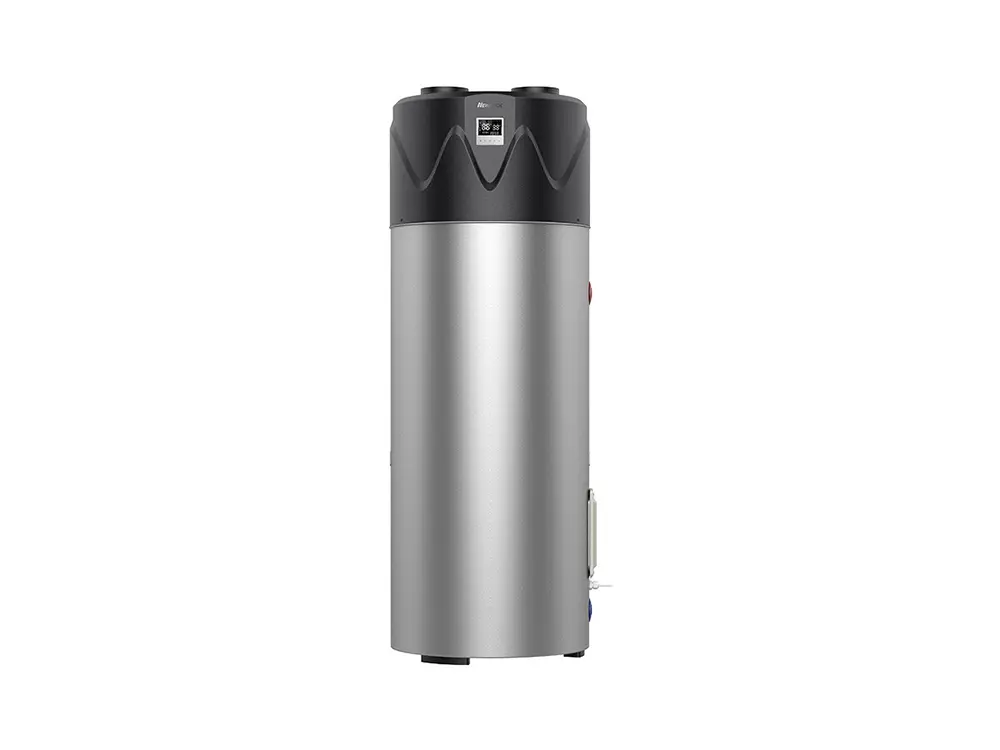As we wrap up an eventful June, NEWNTIDE is proud to share the milestones and achievements that have shaped this remarkable month.
From international exhibitions to groundbreaking digital transformation initiatives and national-level recognition, June has been a month of progress, innovation, and strategic growth. Here’s a look back at the highlights!
NEWNTIDE Made a Remarkable Impression at InstallerSHOW 2025
From June 24 to 26, InstallerSHOW 2025 was successfully held at the National Exhibition Centre in Birmingham. As a leading heat pump supplier, NEWNTIDE made a strong impression with its extensive lineup of air source heat pumps, designed to meet a wide range of application needs — from space heating and cooling to domestic hot water supply and swimming pool temperature control.
Throughout the event, NEWNTIDE’s booth drew a continuous stream of partners and industry experts who explored the technological innovations behind the products. The enthusiastic response reflects its position as a trusted partner in the global shift toward sustainable heating.



NEWNTIDE Officially Launched the Full-Scale Digital and Intelligent Transformation Ceremony
On June 12, 2025, we officially launched the Full-Scale Digital Intelligence Transformation Ceremony in Guangzhou, marking a pivotal milestone for both NEWNTIDE and the clean energy manufacturing sector.
In strategic partnership with industry leaders SiE Information and INNOLUX, we’re building a next-generation digital smart factory, integrating lean manufacturing, end-to-end digitalization, and intelligent automation. This transformation represents a strategic breakthrough for the entire air source heat pump industry, offering a pathway toward high-quality, sustainable development.
As we embrace this new chapter, NEWNTIDE will continue to deepen collaboration with its partners, setting new benchmarks in smart manufacturing, digital excellence, and sustainable development.

NEWNTIDE Awarded as a“National Enterprise Technology Center”
On June 11, 2025, NEWNTIDE proudly announced its official recognition as a “National Enterprise Technology Center“. It is one of highest honors granted by the Chinese government to enterprises with outstanding R&D strength and innovation capabilities. This honor places NEWNTIDE among China’s top tier of national technology innovators and makes it the only enterprise within the industry to receive this recognition in the latest selection.
This recognition not only underscores NEWNTIDE’s deep commitment to product development and technological breakthroughs but also reinforces its pivotal role in the high-quality development of the heat pump industry.

Conclusion
June has marked a defining chapter in NEWNTIDE’s pursuit of innovation, digital excellence, and sustainable development. As we move forward, NEWNTIDE will continue to collaborate, innovate, and set new industry benchmarks, advancing our vision for a smarter, low-carbon world.



